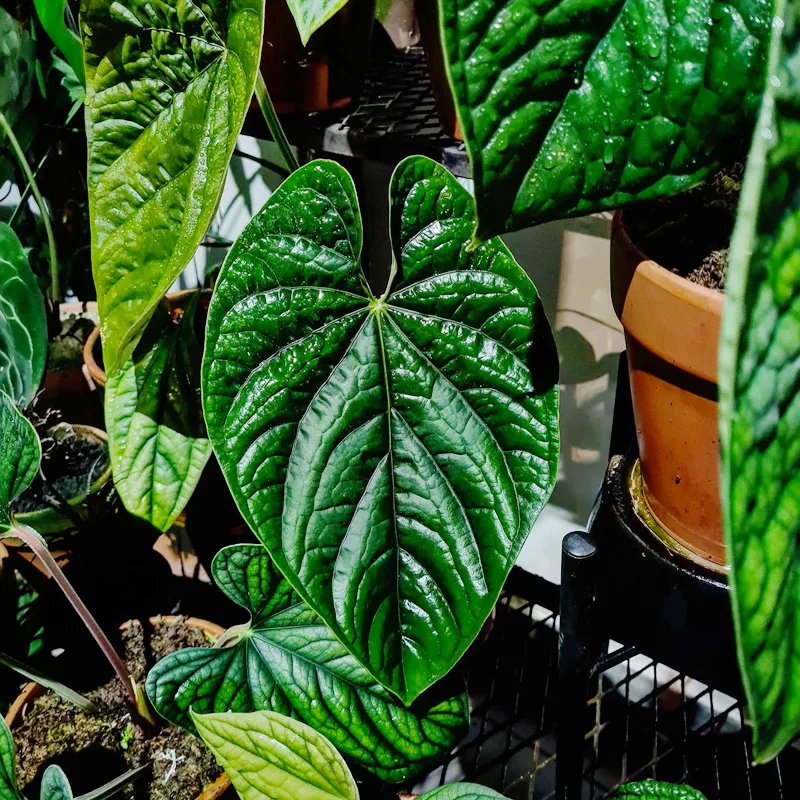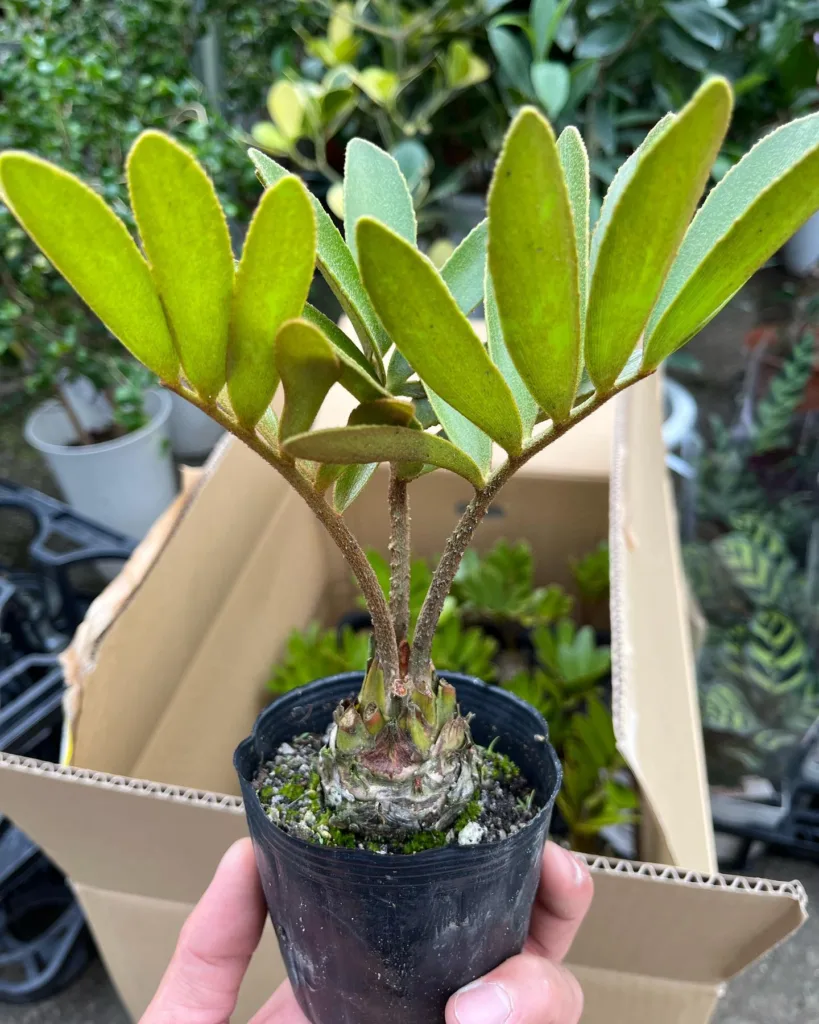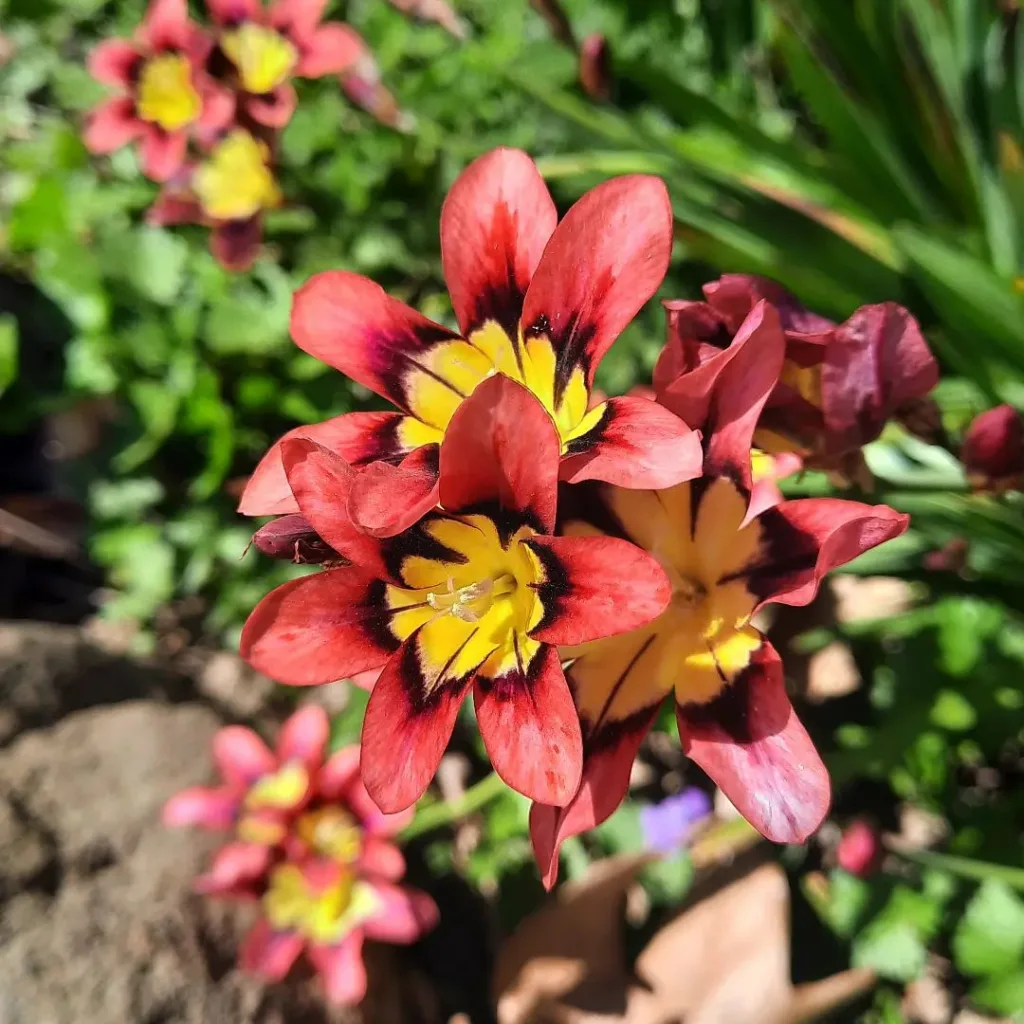FAQs About Quercus Pedunculiflora
I’ve always been fascinated by the diverse world of oak trees, and one that stands out is Quercus Pedunculiflora. Native to Southeast Europe and parts of Asia, this tree is not only striking but also resilient. If you’re like me and want to dig deeper into what makes this tree special, here are some frequently asked questions about it.
657 Species in Genus Quercus
What Is Quercus Pedunculiflora?
Quercus Pedunculiflora is commonly known as the Hungarian Oak or Balkan Oak. It’s closely related to the more well-known Quercus Robur (English Oak), but with a few differences. Pedunculiflora has longer leaf lobes and is often found in the Balkans and Eastern Europe. The tree can grow up to 30 meters tall and is known for its robust trunk and dense canopy, which offers great shade.
How to Care for Quercus Pedunculiflora?
If you’re thinking about planting a Quercus Pedunculiflora in your garden, care is relatively straightforward, but you need to consider a few key aspects:
- Sunlight: Like many oaks, Quercus Pedunculiflora thrives in full sunlight. It’s best to plant it in an area where it can get at least 6-8 hours of sun each day.
- Soil: It prefers well-draining, loamy soil but is adaptable to other soil types, as long as it doesn’t remain too wet. You don’t want root rot setting in.
- Watering: When it’s young, consistent watering is essential to help the roots establish. Once established, the tree becomes more drought-tolerant, so you can ease up on frequent watering.
- Pruning: Regular pruning is not necessary, but you may want to remove dead or damaged branches during late winter or early spring to maintain its health and structure.
How to Propagate Quercus Pedunculiflora?
You can propagate Quercus Pedunculiflora using acorns, but keep in mind that oak trees can take years to mature. Here’s the process I recommend:
- Collect Acorns: In autumn, when the acorns are ripe, pick the ones that look healthy and free from damage.
- Stratification: To encourage germination, store the acorns in moist sand for a few months in a cool place (about 4°C). This mimics winter conditions.
- Planting: In spring, plant the acorns in well-draining soil, about 2-3 cm deep. Keep the soil moist but not waterlogged.
- Transplanting: After a couple of years, once the seedling has grown to a sturdy height, you can transplant it to its final location.
What to Plant with Quercus Pedunculiflora?
I love pairing Quercus Pedunculiflora with plants that can thrive in its shade or complement its structure. Consider these companion plants:
- Ferns: Their soft texture contrasts beautifully with the rough bark of the oak.
- Hostas: These shade-loving plants thrive under the oak’s canopy.
- Wildflowers: For a naturalized look, species like wild geranium or foxglove work well in the same environment.
Is Quercus Pedunculiflora Toxic?
As far as toxicity goes, Quercus Pedunculiflora is not toxic to humans, but you should be aware that its acorns contain tannins, which can be harmful to pets if ingested in large quantities. The tannins may cause gastrointestinal upset in dogs or other small animals, so it’s best to keep them away from fallen acorns.
What Are the Benefits of Quercus Pedunculiflora?
The benefits of having a Quercus Pedunculiflora in your garden are many:
- Ecological Value: Oak trees, including Quercus Pedunculiflora, provide a habitat for wildlife. Birds and squirrels are particularly fond of the acorns.
- Longevity: Oaks are long-lived trees. Once established, a Quercus Pedunculiflora can live for centuries, becoming a legacy in your landscape.
- Aesthetic Appeal: Its majestic height and dense canopy make it a beautiful shade tree. In autumn, the leaves turn a golden yellow, adding seasonal interest.
Common Problems with Quercus Pedunculiflora
Despite its resilience, Quercus Pedunculiflora can face a few challenges:
- Powdery Mildew: This fungal disease can appear on the leaves, especially in humid conditions. It’s usually not fatal but can weaken the tree if left unchecked.
- Oak Wilt: While more common in other oak species, it’s still something to watch out for. Oak wilt is a serious fungal disease that spreads through root grafts or insects, leading to leaf discoloration and tree decline.
- Pests: Like many trees, Quercus Pedunculiflora may be susceptible to pests such as oak processionary moths or aphids. Regular inspection helps catch infestations early.
Comparing Quercus Pedunculiflora with Similar Species
When I first encountered Quercus Robur and Quercus Pedunculiflora, it was easy to get them mixed up. Both species belong to the same family, but they have notable differences:
- Leaf Shape: Quercus Pedunculiflora has deeper lobes in its leaves compared to Quercus Robur, which gives it a more dramatic appearance.
- Size: While both can grow to impressive heights, Quercus Pedunculiflora tends to be slightly shorter and stockier.
- Distribution: Quercus Pedunculiflora is found primarily in Southeast Europe and parts of Asia, while Quercus Robur is more widespread across Europe.
Final Thoughts
Incorporating Quercus Pedunculiflora into your landscape is a rewarding experience. Whether you appreciate its ecological benefits, love the shade it provides, or simply want to enjoy a piece of Southeast European flora in your garden, this oak tree won’t disappoint. Its majestic stature, resilience, and ability to adapt to various conditions make it a worthy addition to any garden or park.
If i die, water my plants!



